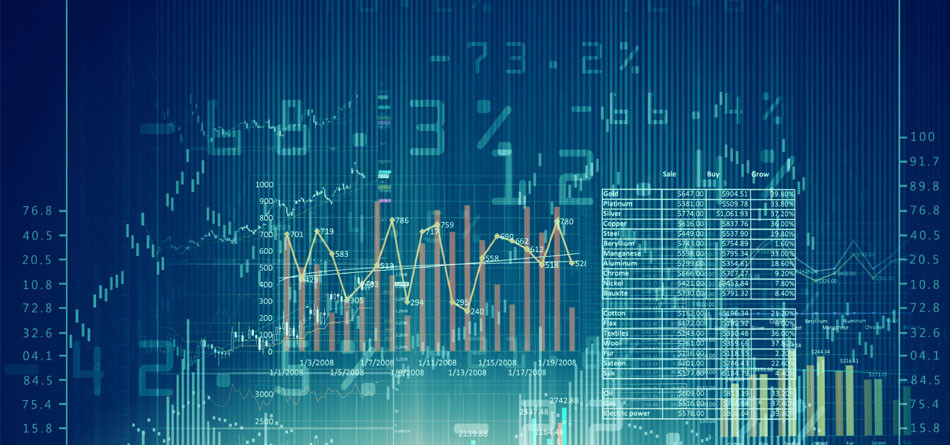

Electronic trading is finally taking off in the junk-bond market, where instant messages, phone calls and close-knit relationships have long defined the way of doing business. MarketAxess Holdings Inc. saw high-yield trading jump 52% last month from a year earlier to a record $1.9 billion in average daily volume, the company said last week. Rival Tradeweb Markets Inc. said junk-bond trading volumes on its electronic platform soared about 57% in January from the same period in 2020.
Source: Bloomberg
The market for high-yield bonds had been slower to adapt to electronic platforms than its investment-grade counterpart in recent years, in part because the securities tend to be held by fewer investors and traded less frequently. Yet amid a surge in transactions spurred by the onset of the pandemic, traders began to turn to online marketplaces to source more liquidity. As demand for the debt surges to start 2021 as investors seek refuge from ultra-low interest rates globally, the shift appears poised to continue.
“It’s here to stay and only going to become more important to our overall workflow,” said Brian Rubin, head of high-yield trading at T. Rowe Price Group Inc. “It’s either that, or be left behind.” Much of the boost is coming from so-called all-to-all platforms, where market participants can transact anonymously with investors and brokers alike, said Chris Concannon, president and chief operating officer at MarketAxess. That type of business constitutes about half of MarketAxess’s high-yield trading volume, compared to about 30% of the activity across asset classes broadly, he said. The all-to-all platforms, also known as open trading, allow investors to see prices from a wider range of players, which can have a meaningful impact on returns, Concannon said. “The all-to-all market is gaining a larger foothold, therefore allowing better price outcomes for everybody,” Concannon added. “It’s a network effect.”
Portfolio trading, where traders can buy or sell hundreds of bonds in one go, is also gaining traction on electronic platforms as high-yield exchange-traded funds continue to accumulate assets, according to Chris Bruner, Tradeweb’s head of U.S. credit.
While many traders still prefer to keep large trades offline, they’re growing more comfortable executing smaller deals on digital platforms, Bruner said “Liquidity doesn’t just appear in today’s bond markets — it needs to be found,” traders at AllianceBernstein Holding LP led by Jim Switzer wrote in a Feb. 8 blog post “Bond managers know that they must build or buy the bond-trading technology of the future.”


